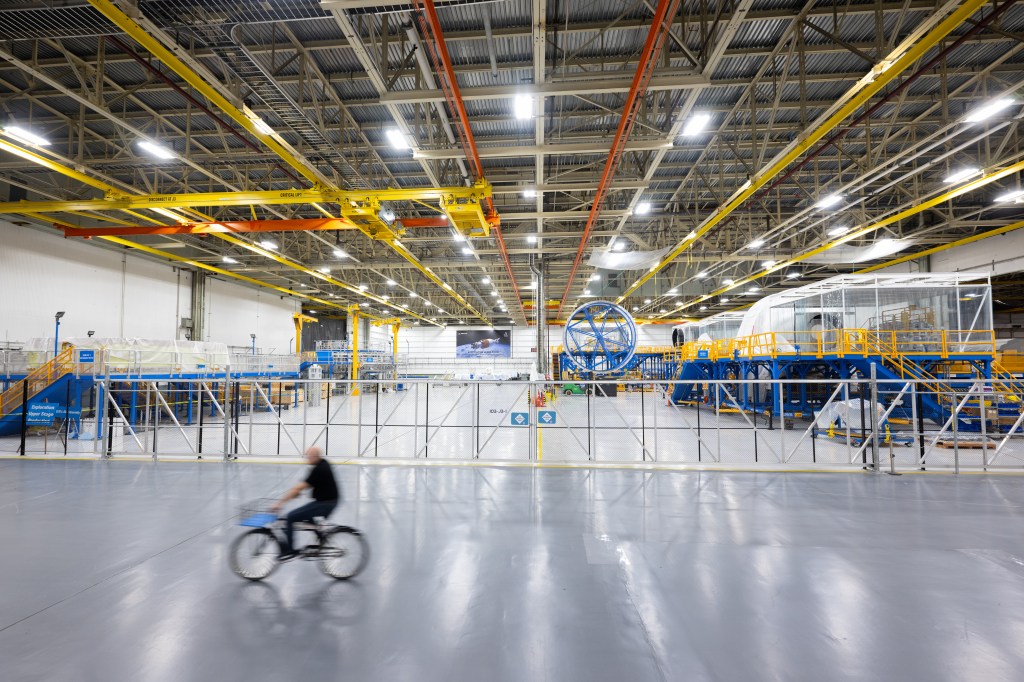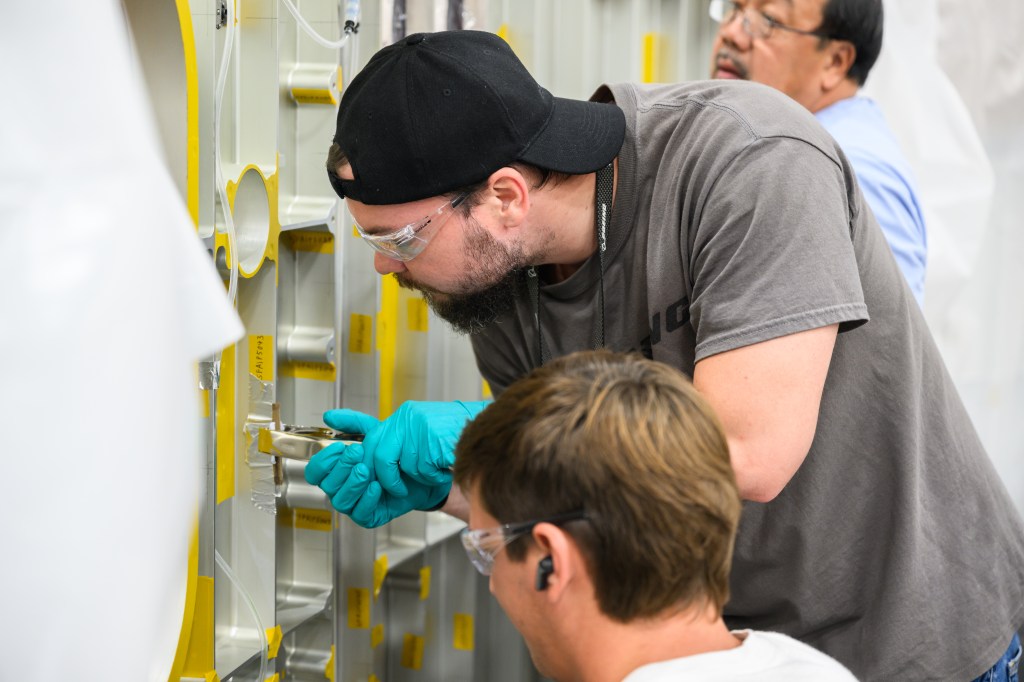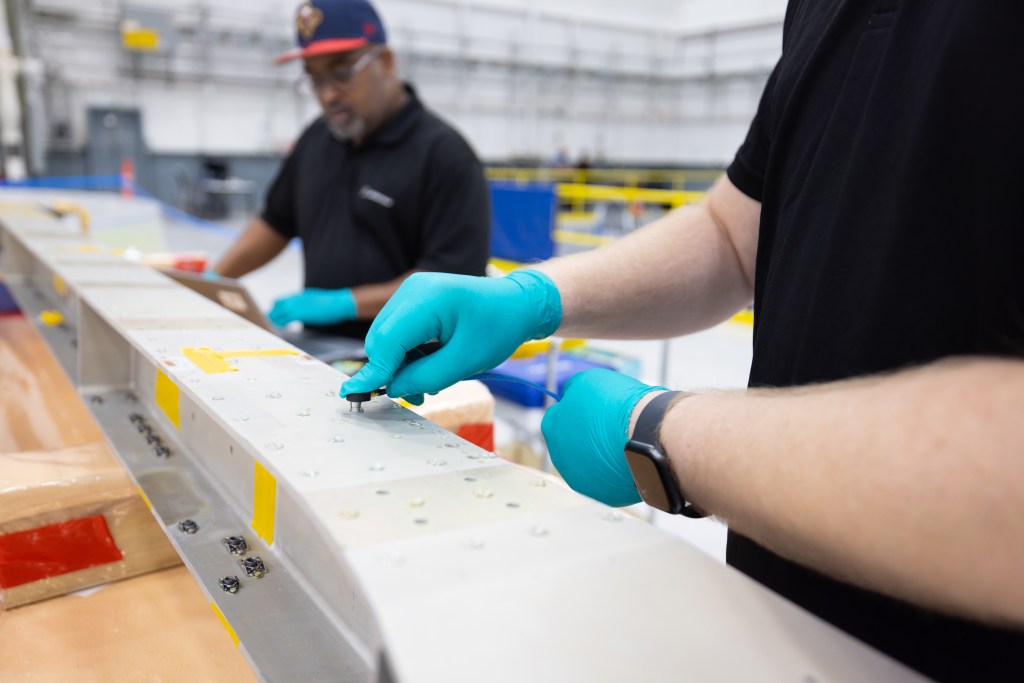


Manufacturing equipment that will be used to build components for NASA's SLS (Space Launch System) rocket for future Artemis missions is being installed at the agency's Michoud Assembly Facility in New Orleans, Louisiana.
The novel tooling will be used to produce the SLS rocket's advanced exploration upper stage, or EUS, in the factory's new manufacturing area. The EUS will serve as the upper, or in-space, stage for all Block 1B and Block 2 SLS flights in both crew and cargo configurations.
In tandem, NASA and Boeing, the SLS lead contractor for the core stage and exploration upper stage, are producing structural test articles and flight hardware structures for the upper stage at Michoud and the agency's Marshall Space Flight Center in Huntsville, Alabama. Early manufacturing is already underway at Michoud while preparations for an engine-firing test series for the upper stage are in progress at nearby Stennis Space Center in Bay St. Louis, Mississippi.
"The newly modified manufacturing space for the exploration upper stage signifies the start of production for the next evolution of SLS Moon rockets at Michoud," said Hansel Gill, director at Michoud. "With Orion spacecraft manufacturing and SLS core stage assembly in flow at Michoud for the past several years, standing up a new production line and enhanced capability at Michoud for EUS is a significant achievement and a reason for anticipation and enthusiasm for Michoud and the SLS Program."
The advanced upper stage for SLS is planned to make its first flight with Artemis IV and replaces the single-engine Interim Cryogenic Propulsion Stage (ICPS) that serves as the in-space stage on the initial SLS Block 1 configuration of the rocket. With its larger liquid hydrogen and liquid oxygen propellant tanks feeding four L3 Harris Technologies- built RL10C-3 engines, the EUS generates nearly four times the thrust of the ICPS, providing unrivaled lift capability to the SLS Block 1B and Block 2 rockets and making a new generation of crewed lunar missions possible.
This upgraded and more powerful rocket will increase the SLS rocket's payload to the Moon by 40%, from 27 metric tons (59,525 lbs.) with Block 1 to 38 metric tons (83,776 lbs.) in the crew configuration. Launching crewed missions along with other large payloads enables multiple large-scale objectives to be accomplished in a single mission.
Through the Artemis campaign, NASA will land the first woman, first person of color, and its first international partner astronaut on the Moon. The rocket is part of NASA's deep space exploration plans, along with the Orion spacecraft, supporting ground systems, advanced spacesuits and rovers, Gateway in orbit around the Moon, and commercial human landing systems. NASA's SLS is the only rocket that can send Orion, astronauts, and supplies to the Moon in a single launch.
NASA's Marshall Space Flight Center manages the SLS Program and Michoud.
For more on SLS, visit:
https://www.nasa.gov/humans-in-space/space-launch-system






